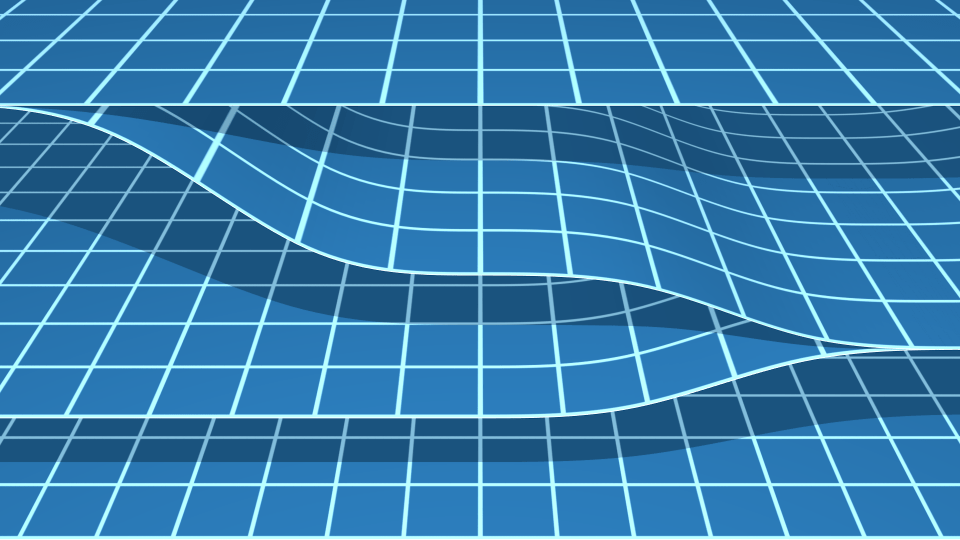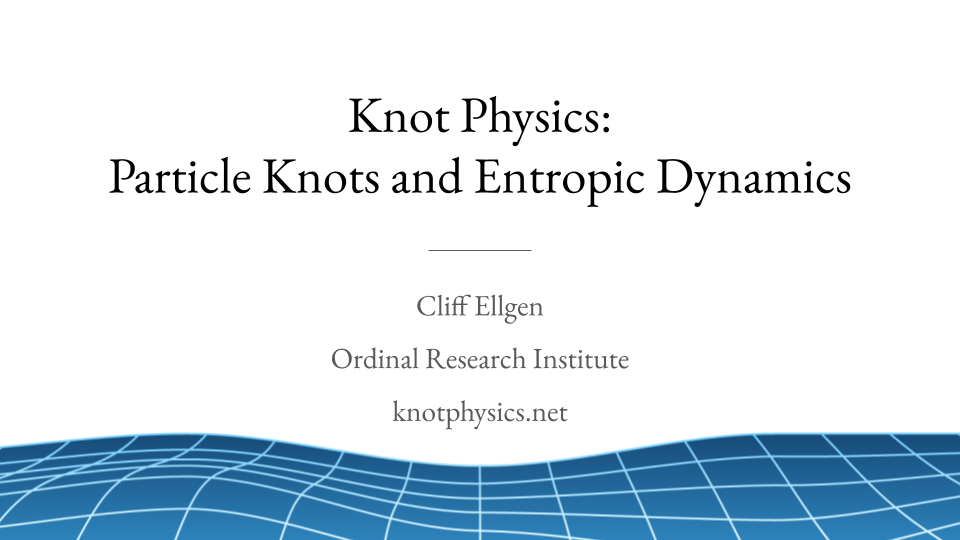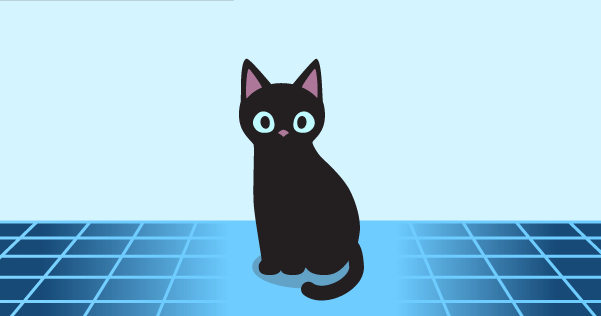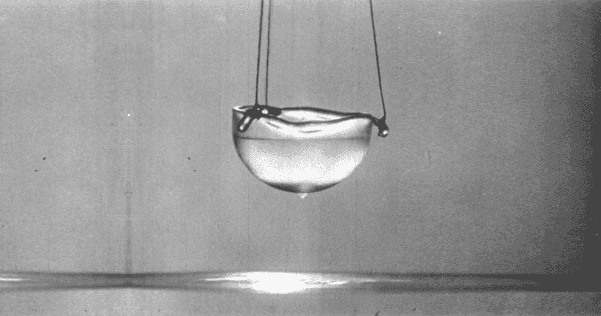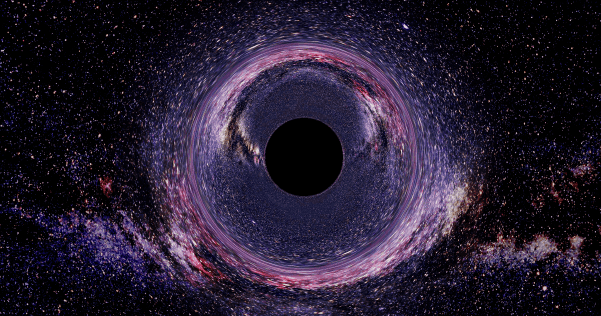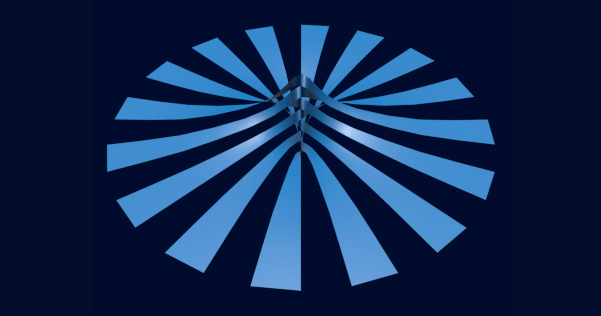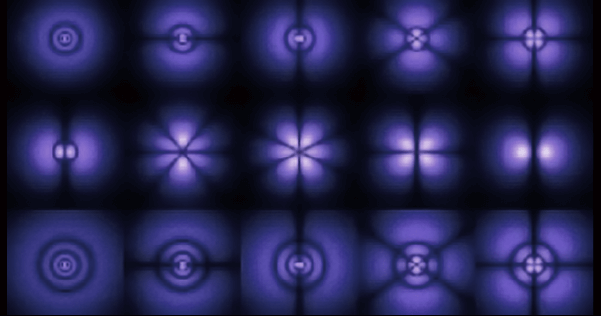A Geometric Approach to Quantum Mechanics
Knot Physics assumes that spacetime is a branched manifold. Quantum properties come from interactions between the branches. Elementary particles are knots in the spacetime manifold. Forces come from interactions between the knots.
A Geometric Model of Quantum Mechanics
This 3-minute video introduces how quantum properties arise from a branched, embedded spacetime manifold.
A Geometric Model of Quantum Mechanics
This 3-minute video introduces how quantum properties arise from a branched, embedded spacetime manifold.
Theory Summary
An overview of the entire theory, from simple assumptions about the spacetime manifold through particles, quantum mechanics, and forces
Learn more
Theory Summary
An overview of the entire theory, from simple assumptions about the spacetime manifold through particles, quantum mechanics, and forces
Learn more
Featured Paper
Finite path integrals on stochastic branched structures
Using a geometric model of quantum mechanics for spacetime thermodynamics
Abstract: In this paper, we present a statistical model of spacetime trajectories based on a finite collection of paths organized into a branched manifold. For each configuration of the branched manifold, we define a Shannon entropy. Given the variational nature of both the action in physics and the entropy in statistical mechanics, we explore the hypothesis that the classical action is proportional to this entropy. Under this assumption, we derive a Wick-rotated version of the path integral that remains finite and exhibits both quantum interference at the microscopic level and classical determinism at the macroscopic scale. In effect, this version of the path integral differs from the standard one because it assigns weights of non-uniform magnitude to different paths. The model suggests that wave function collapse can be interpreted as a consequence of entropy maximization. Although still idealized, this framework provides a possible route toward unifying quantum and classical descriptions within a common finite-entropy structure.
Additional papers cover theory fundamentals as well as a variety of topics, including entanglement and dark matter.
Topics in Knot Physics
Team
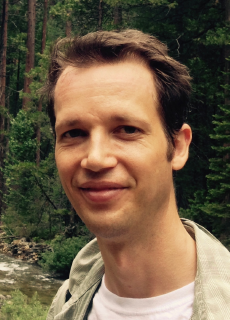
Cliff Ellgen
Lead Researcher
Ordinal Research Institute
B.S. in Mathematics, Caltech

Garrett Biehle
Researcher
Ordinal Research Institute
Ph.D. in Physics, Caltech
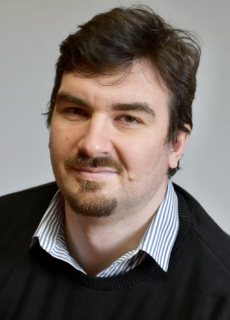
Bruno Klajn
Researcher
Zagreb School of Economics and Management
Ph.D. in Physics, University of Zagreb
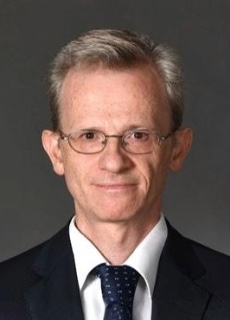
Bassem Sabra
Researcher
Notre Dame University–Louaize
Ph.D. in Astrophysics, Ohio University
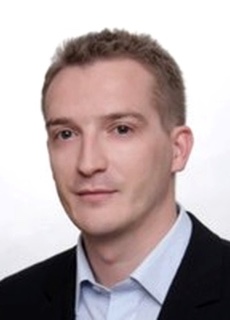
Sebastian Zając
Researcher
SGH Warsaw School of Economics
Ph.D. in Theoretical and Mathematical Physics, University of Silesia in Katowice
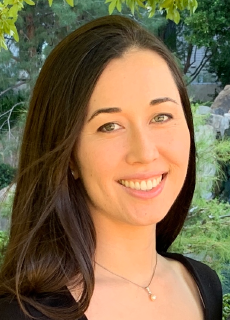
Dominique Kang
Science Communicator
Ordinal Research Institute
B.S. in Economics, Arizona State University
Subscribe
Sign up for infrequent email updates about new jobs, papers, and talks.
